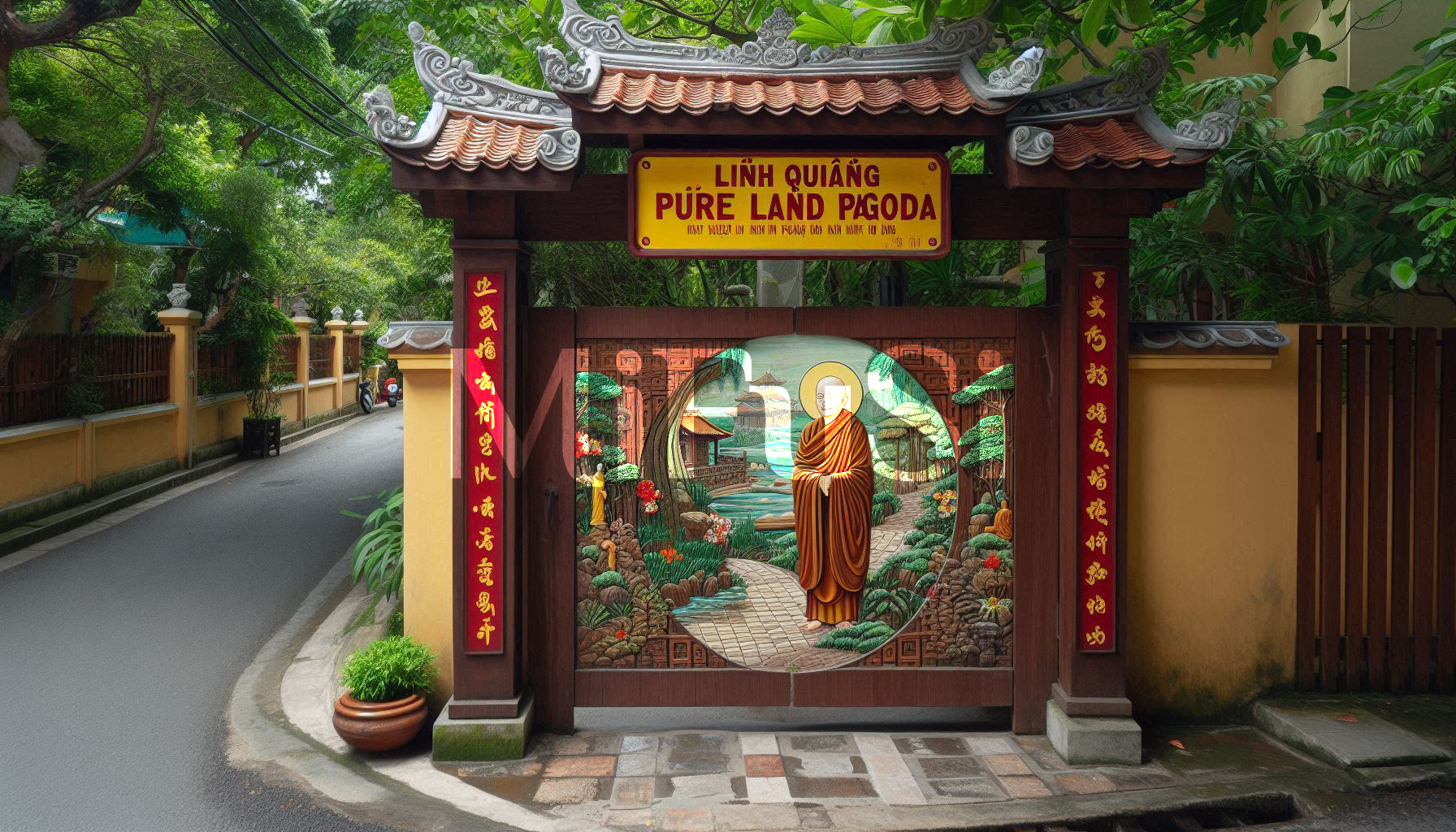Article by cư sĩ Triệu Phước on Trắng Đen newspaper in 1992. Translated from Vietnamese to English by Dianichi
Linh Quang Pure Land Pagoda and Venerable Monk Thích Phổ Ứng.
One ordinary morning during the week, we arrived at Linh Quang Pure Land Pagoda, situated along Nguyen Khoai Street in the Khanh Hoi area. This street, spanning about 300 steps, leads to the pagoda. About halfway down the road, there’s a wooden gate adorned with a sign that reads “Linh Quang Pure Land Pagoda” in red paint on a yellow tin plate. We turned into a neatly paved alley, approximately 30 steps in length, where the modernized monastery came into view.
As we passed through the temple gate, we were guided to the reception hall. On our way, we caught a glimpse of the main sanctuary, where a monk, sporting tinted glasses, was seated on a reclining chair. In front of him, several male and female laypersons sat cross-legged on mats. Later, we were ushered into the main sanctuary. Following the Buddhist rituals, we took our seats on the mats alongside other worshippers to observe healing sessions and attend teachings.
The main sanctuary is divided into three sections: the central area dedicated to Buddha worship, the left section designated for healing purposes, and the right section arranged with tables and chairs for the monks to conduct spiritual counseling.
In the central area, atop the altar, we beheld a towering statue of Buddha seated in the tranquil lotus position. Just below, a meditating Buddha statue was flanked by figures of Ananda and Kasyapa. Descending a step, we encountered a reclining Buddha statue symbolizing Nirvana. At the lowest level, statues of two Dharma protectors stood guard, one holding a bell and the other a ritual mallet. Both figures, clad in armor and sporting fierce expressions, were positioned on either side of the Buddha.
On each side of the main hall, four embroidered banners hang, displaying the inscriptions: “Namo Sakyamuni Buddha,” “Namo Amitabha Buddha,” “Namo Ksitigarbha Bodhisattva,” and “Namo Avalokitesvara Bodhisattva.” Adorning the walls around them are large paintings illustrating the life of Buddha Sakyamuni, from his enlightenment to his passing into Nirvana, vividly colored.
In the left section, as we gazed upward from beneath the Buddha altar, we saw the Great Master seated beneath a towering statue of Quan Yin Bodhisattva. Quan Yin held a vase of pure water in one hand and a willow branch in the other, flanked by statues of attendants Tiên Đồng and Ngọc Nữ. On the altar beneath the statue’s feet, we noticed a water filter. Behind the Great Master, a young man was pouring water into cups arranged on a tray.
The Master gently rested his right hand on the afflicted person’s head. Within moments, the patient’s complexion paled, their eyes widened, and their hands trembled, displaying signs of distress.
“Why,” inquired the Master, “do you permit others to practice but not yourself? Are you allowing this body to marry?” The afflicted individual appeared perturbed, furrowing their brow and vehemently responding, “No, no, this person has no right to marry.” As the spirit spoke and the body convulsed, the afflicted person pounded their chest and contorted their face in agony.
The Master offered guidance, “Enough. In your past life, you couldn’t even maintain your marriage. In this life, everyone has their own destiny. Why harbor jealousy and cling to this body? Who can have a spouse forever?”
Though the afflicted body hesitated, displaying signs of disagreement, the Master once again placed his hand on the patient’s head. Despite lingering discontent, the afflicted person seemed to experience a lessening of bodily torment.
The Master rang three chimes, holding a cup of water in his left hand and dipping his index finger into it three times. Then, he flicked the water onto the afflicted person’s body and offered it to them, instructing them to drink. The possessing spirit took the cup and drank it all. Afterward, the patient returned to a normal state, running their hand through their hair, their sweating slowing, as if awakening from a heavy dream.
Next, the Master placed his hand on the head of another person nearby. The patient trembled, their face pale, and spoke:
– “Master, I can’t protect my mother’s body. My uncle often brings others to desecrate her corpse, and I feel powerless. What should I do?”
– “Your mother has moved on, but your uncle’s actions disturb her. Try to help her by practicing vegetarianism and chanting the Buddha’s name. Then, I will assist you.”
The Master prayed over a cup of water and handed it to the afflicted person. The possessing spirit drank it all and then requested more:
– “The water is too sweet. May I have another cup?”
The Master prayed over another cup of water, and once again, the possessing spirit drank it all before departing. The patient regained consciousness as if awakening from an unintended dream.
Similarly, when the Master’s right hand was placed on the head of another afflicted person, the possessing spirit appeared, contorting and shaking, protesting:
– “Why do you keep bringing me here? There’s nothing special about it!”
After speaking, the possessing spirit crawled backward about four feet… The patient’s family, worried, followed.
The Master advised:
– “If you wish to request water, do so respectfully. Otherwise, let it be. Why create unnecessary trouble?”
The patient’s family approached the Master and politely requested a cup of water for the patient. The Master struck three chimes, held the cup of water, prayed over it, and then handed it to the patient. The possessing spirit drank it all, writhed, crawled backward, and then departed.
We witnessed several consecutive cases of illness, affecting both men and women. Generally, when the Master placed his hand on the head of the afflicted person, the possessing spirits would manifest, with red eyes, a sinister countenance, trembling heads, limbs flailing, and altered voices… And after receiving advice and drinking the water prayed over by the Master, they returned to normal, as if waking from a trance. Most of the patients expressed embarrassment and awkwardness for being healed in front of strangers.
The healing session paused briefly, indicated by a few chimes. The Master rose and proceeded to the main hall to lead the temple’s midday chanting ceremony. Holding a cup of cold water, he recited a prayer and then performed a purification ritual, sprinkling water around the hall according to the Esoteric Buddhist tradition, before inviting the sacred beings to join the offering ceremony. Other monks, along with bell-ringers, drum-beaters, and dignitaries, stood beside the Master, chanting the noon prayers. The disciples, numbering around seventy, knelt or sat in rows, joining their hands, and reciting the Three Jewels prayers.
Following the ceremony, the monks adjourned to the right-hand side hall of the main temple for their meal. Some lay Buddhists departed, while others proceeded to the reception room to partake in the vegetarian meal.
A beautiful woman possessed by the Python spirit.
We revisited the temple multiple times to observe the healing sessions led by Venerable Master Pho Ung. During one visit, we encountered a remarkable case involving the possession of a young, attractive woman by a Python spirit. She appeared to be around 40 years old and was accompanied by her two daughters.
Upon meeting the Venerable Master, the woman became possessed by the snake spirit, causing her to convulse and writhe on the tiled floor of the main temple, resembling a giant snake. The spirit fiercely resisted, casting spells and slithering towards the Venerable Master in an attempt to attack him. Despite the Master’s attempts to counsel the spirit, the situation remained unchanged. He then pressed his fingers to his lips and recited a spell, loudly declaring:
“Dragon Deities, please bind and confine this evil entity to the Great Magical Bell for me.” It was peculiar how an unseen force swiftly pulled the Mang Xa’s body towards the Great Magical Bell, positioned approximately 5 meters away. As the Venerable Master rang the bell loudly, the snake spirit vanished, and the woman’s body collapsed on the temple floor. Her daughters rushed to her aid, adjusting her clothing, wiping away sweat, and comforting her as she gradually regained consciousness, bewildered by the experience. Such occurrences were frequent at the temple, as relatives brought the sick to Venerable Master Pho Ung for healing daily. The Buddhist followers of Linh Quang Pure Land Monastery were accustomed to such events.
Venerable Master Pho Ung followed the teachings of Mahayana Buddhism, providing healing to the sick, guiding errant Buddhist followers, upholding monastic discipline, and encouraging offerings to the monks. Personally, he strictly adhered to monastic rules, eating only one meal from his bowl, and walking barefoot.
A living Arhat
Later, we became acquainted with Venerable Master Pho Ung’s earlier days when he resided in Da Lat, thanks to a young man who had ordained there and was familiar with him. During his tenure at the Linh Quang Pure Land Monastery in Da Lat, Venerable Master Pho Ung frequently immersed himself in deep meditation. There were occasions when he meditated for over a month, subsisting solely on water, enveloped in profound tranquility. His renown quickly spread, attracting thousands of Buddhist followers eager to hear his teachings. Among them were admirers from other temples who defied opposition from conservative monks to attend his lectures.
In essence, the worshippers at Linh Quang Pure Land Monastery held a collective belief that Venerable Master Pho Ung was a living Buddha (La Hán) This conviction was well-founded, as the spirits possessing the afflicted individuals often exhibited reverence towards him, occasionally even addressing him as a Buddha. Furthermore, he showcased remarkable spiritual abilities emblematic of an adept in Old_Guru Secret Teaching.
Related Post
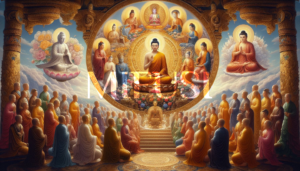
Atheists Trumps Fanatics
Atheists Trumps Fanatics Thà là người vô thần... by Dianichi on Wed Nov 19, 2008 3:04 pm Sure, here's a...

Chapter II: I – BRIEF HISTORY OF SECRET BUDDHISM IN TIBET
I. BRIEF HISTORY OF SECRET BUDDHISM IN TIBET The people in Tibet did not have a serious religion before the...
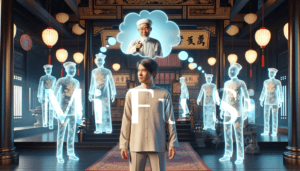
WITNESSING MEDIUMS AND SPIRITS AT WORK
WITNESSING MEDIUMS AND SPIRITS AT WORK (Một phiên làm việc của thần linh - sent by Thachanhtrang ngày 02 Tháng...
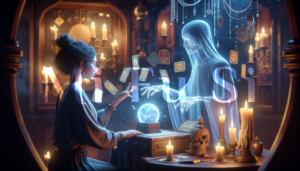
Principle of fortune telling
Principle of fortune telling (CHUYỆN BÓI TOÁN by hoctro-gia on Mon Dec 29, 2008 7:27 am, edited by xiaobaiyun) Fortune-telling...
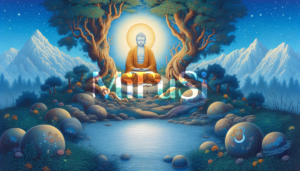
The seeking for an initiation
The seeking for an initiation Yeshes G. Yatso, a graduate monk from a prestigious Buddhist university, felt dissatisfied with his...
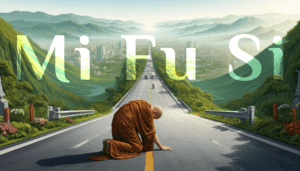
THREE BOWS – ONE SALUTE
In recent news from Tuổi Trẻ (Youth) newspaper, Venerable Thích Tâm Mẫn of Hoằng Pháp Pagoda commenced a pilgrimage from...
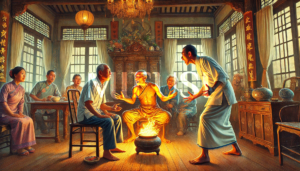
Guided by my departed uncle
Guided by my departed uncle Dear Grand Master and Teacher, Greetings, Duyen Ngo and fellow Dharma siblings, I'm sharing my...
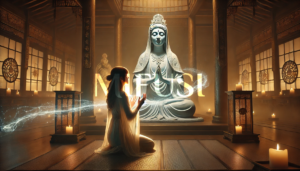
The initation Rites for a child’s soul
The initation Rites for a child's soul Vong Trạng xin điểm đạo by XuanYen on 16 Dec 2009, 11:42; Translated...
